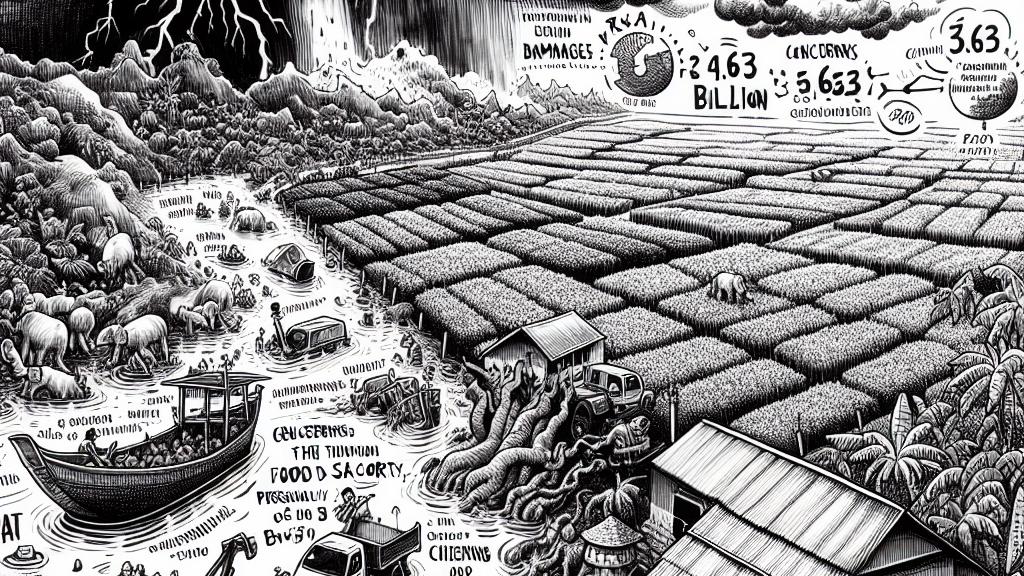Northern Thailand Floods: A Tidal Wave of Economic Woes!
Overview
- Severe flooding in northern Thailand poses grave risks to agriculture and the economy.
- Projected financial losses could surpass 10 billion baht, deeply impacting rural communities.
- Immediate government intervention is essential for effective disaster relief and long-term recovery.

The Severe Flooding Crisis in Northern Thailand
In late August 2024, northern Thailand has been engulfed by catastrophic flooding, predominantly affecting regions such as Chiang Rai, which alone has incurred approximately 3.63 billion baht in damages. The Thai Chamber of Commerce has issued dire warnings indicating that, should the floods continue for an additional month, the economic toll could exceed a staggering 10 billion baht, representing a loss of 0.06% of the country's GDP. The agriculture sector is primarily bearing the brunt of this disaster, suffering losses exceeding 7.17 billion baht. This crisis brings grave concerns regarding food security and threatens the livelihoods of thousands of farmers who depend on stable weather for their crops.
Widespread Impact and Urgent Community Needs
The flash floods have severely impacted the daily lives of residents across northern provinces, including Phayao and Sukhothai. Schools have been closed, and many families have been forced to evacuate to higher ground to safeguard against rising waters. With vital infrastructure, such as road and rail networks disrupted, the transportation of goods and people has become increasingly challenging. The ramifications of this flooding extend beyond immediate physical damage; they threaten the economic fabric of the region, amplifying the fear of long-term repercussions on businesses and the local economy. As communities come to terms with the destruction, rescue and relief efforts must prioritize the most vulnerable populations.
Strategizing Recovery: The Role of Government Action
In response to the escalating calamity, the Thai government is urged to implement a robust disaster response strategy. Establishing a centralized command center for flood management, headed by the prime minister, is crucial for coordinating effective resources and optimizing relief efforts. Recommendations include devising a comprehensive flood response plan capable of managing future waters and addressing immediate needs. Additionally, financial support mechanisms—such as debt deferment, interest rate reductions, and the provision of soft loans—are vital to aid affected businesses and families in their recovery journeys. As the challenges posed by climate change intensify, proactive governmental measures will be critical in not only mitigating current crises but also building resilience against future natural disasters.

Loading...